El Bocho – to intervene and stimulate with street art
Graffiti-stencil-paste up
Originally from Frankfurt, El Bocho has lived in Berlin since 2006, but visited the city as often as he could before. In Frankfurt, he started with graffiti in 1996 and is thus concerned with urban space. Despite his typographic training, he increasingly concentrated on figuration. Drawing and illustration are his bases, human representations his focus and from 2003 El Bocho developed his stencils in initially only one colour, mostly women’s faces. From 2005 he increasingly decided to work on paper, for paste ups in urban space and simultaneously developed his character Little Lucy. It was inspired by the main character of the TV series “Little Lucy – Fear of the Street” from the former Czechoslovakia in the 70s. El Bocho gave her a new hobby: killing her cat. On his paste ups on the street the artist tells figuratively and sometimes with short sayings humorously how Little Lucy chases the cat, sits on it and uses it as a swing, drowning it or destroying it with other methods. Macabre and entertaining at the same time, easy to understand like a comic or a caricature. A book with Little Lucy and poems “Little Lucy – First tortures” was already published in 2008.
Other of his characters on paste ups are the two talking surveillance cameras called Kalle & Bernd. They are observers on the street and talk to each other. Short exclamations in speech bubbles like “Somebody tears up a poster”, “Call the cops Kalle”, or about the problems of life as a surveillance camera: “One day I would like to see the sky”, or Kalle tells how he fell in love with a traffic light, are telling us little stories.
Another character is Tina Berlina, a girl with a thick necklace with a big B standing for Berlin around her neck. As a paste up or sticker with a speech bubble, she has been addressing tourists since 2013 with the printed slogan “Hey Tourist…” in the speech bubble. Underneath there is space for handwritten humorous sentences in connection with Berlin and tips for the tourists, such as “Don’t believe your tour guide” and “check Urban Art Week”.
Romantic love and melancholia
Besides his preference for partly black humor, El Bocho is also very romantic. His figures “Citizens” are large stylized portraits of girls’ faces, his most famous and unmistakable works, which he has been sticking in the urban space for over 10 years and still does today. Inspired by the youth and the often romantic unconditional love in this phase of life, but also by the helplessness, insecurity and melancholy, El Bocho transports this melancholic attitude by female representations, initially placed in urban space, later also on canvas. The young women do not smile, they seem rather introverted, dreamy or sad. The pictures are graphically structured, almost like advertisements, short sayings and slogans are built into the hats or caps or on the side of the picture, and give the viewer passing by a reference to a story, a mood.
El Bocho works with models or photographs for these countless portraits. From the very beginning his female portraits have enjoyed great popularity in the street art scene.
After years of activity on the street, El Bocho had his first major solo exhibition in 2008 at the Raab Gallery in Berlin, where he created a series of portraits on paper and mainly on canvas.
Since then he has been exhibiting worldwide and his colourful and distinctive portraits on rather large format canvases are in demand by international collectors. For El Bocho, however, it is clear that the paste ups in the street are the originals and the canvases are a kind of duplicate for the interior.
El Bocho Paste up, Haus Schwarzenberg – Aug 2010 El Bocho Paste up, Berlin – Sep 2014 El Bocho Paste up, Sternschanze Hamburg – Sep 2015 El Bocho Exhibiton Urban Art Week, Sep 2018 berlin mural fest – El Bocho
Conceptual and three dimensional
Besides the continued typified portraits, El Bocho surprises with rather conceptual installations and other techniques in urban space. In 2015 he exhibited at the Kunstverein Ludwigsburg and installed unauthorized sculptures in the urban space, which over time were supplemented by others by people living there. The artist is still pleased today with this spontaneous development and inspiration that his work allegedly scattered. In the context of another exhibition in Germany, he had the word “Unauthorized” stenciled on a large area of the lawn. In 2017 he took part in the exhibition “The Haus” in Berlin and against all expectations he created a minimalist installation in a small room with only one saying scratched in the wall.
Due to his delight in the new and his joy of experimenting with new means of expression, El Bocho has also been working with sculpture and bronze casting since 2017. In collaboration with a sculptor and retired professor, his mentor, El Bocho creates large-format three-dimensional female heads and still continues to experiment with the possibilities of sculpture.
Street activity
But for El Bocho intervention in urban space is still a main concern as well as the stimulus of street art, which is aimed at all people and reaches more viewers then in an exhibition. In recent years, however, artistic activity on the streets of Berlin has also changed. More and more people are interested in street art in general, many tourists in Berlin, but the space for it is dwindling, fewer and fewer street artists are active outside, it is more tedious than before, and very important: there is no new blood in Berlin. El Bocho would love to support and accompany young artists for street art, it seems as if the younger generation of artists is interested in it, but not willing to become active. And this despite the many playful possibilities that art offers in urban spaces, which El Bocho says are far from being exhausted.
Studio visit, December 2019
Studio Visit El Bocho, Dec 2019 – Berlin Studio Visit El Bocho, Dec 2019 – Berlin Studio Visit El Bocho, Dec 2019 – Berlin Studio Visit El Bocho, Dec 2019 – Berlin Studio Visit El Bocho, Dec 2019 – Berlin Studio Visit El Bocho, Dec 2019 – Berlin Studio Visit El Bocho, Dec 2019 – Berlin Studio Visit El Bocho, Dec 2019 – Berlin
1,789 views
Categories
Tags:
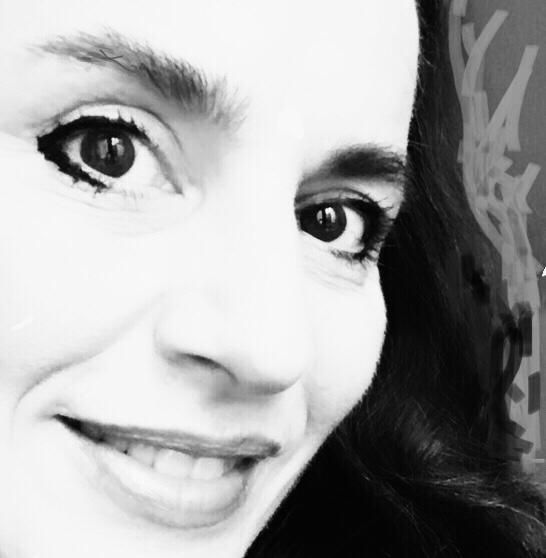
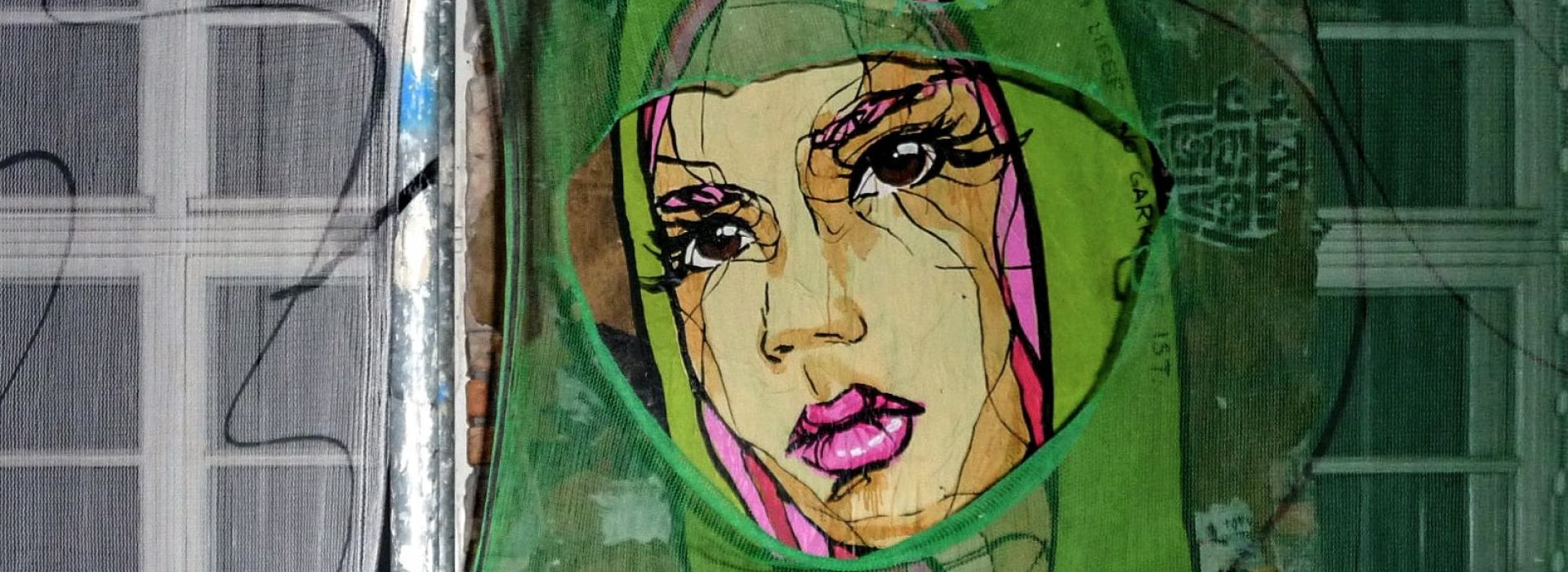
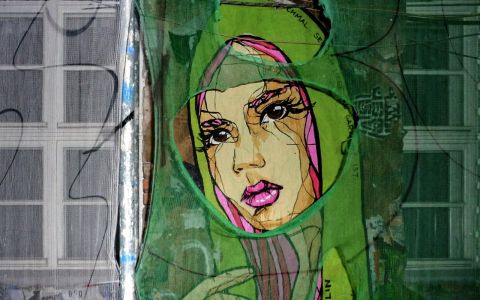
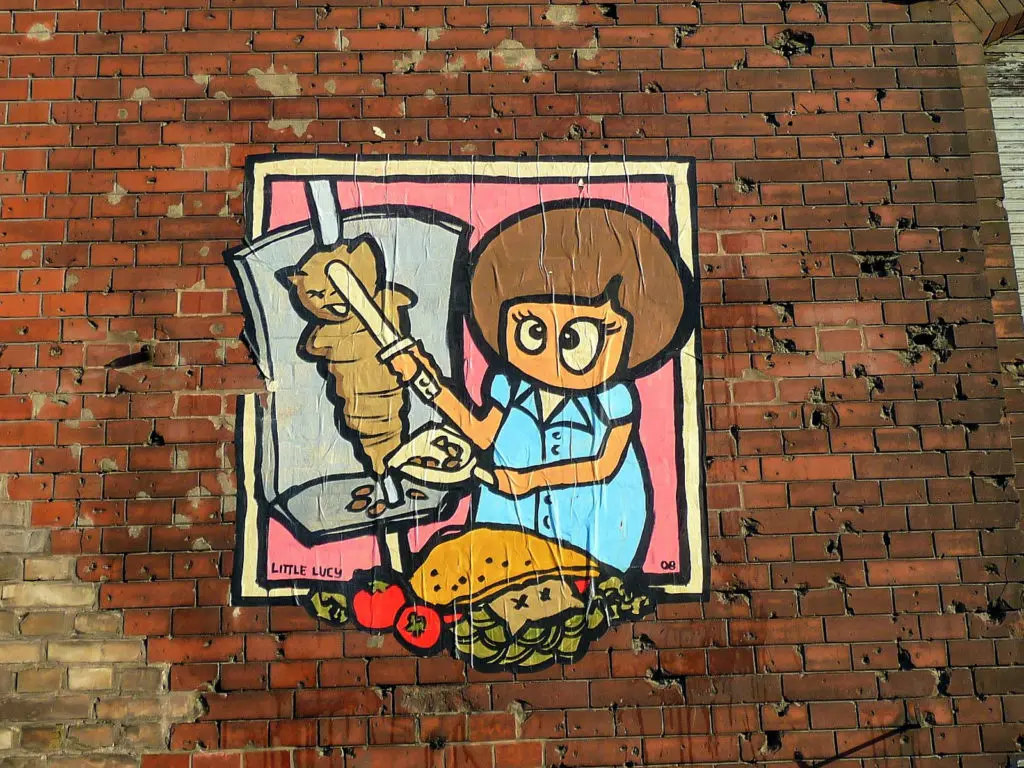
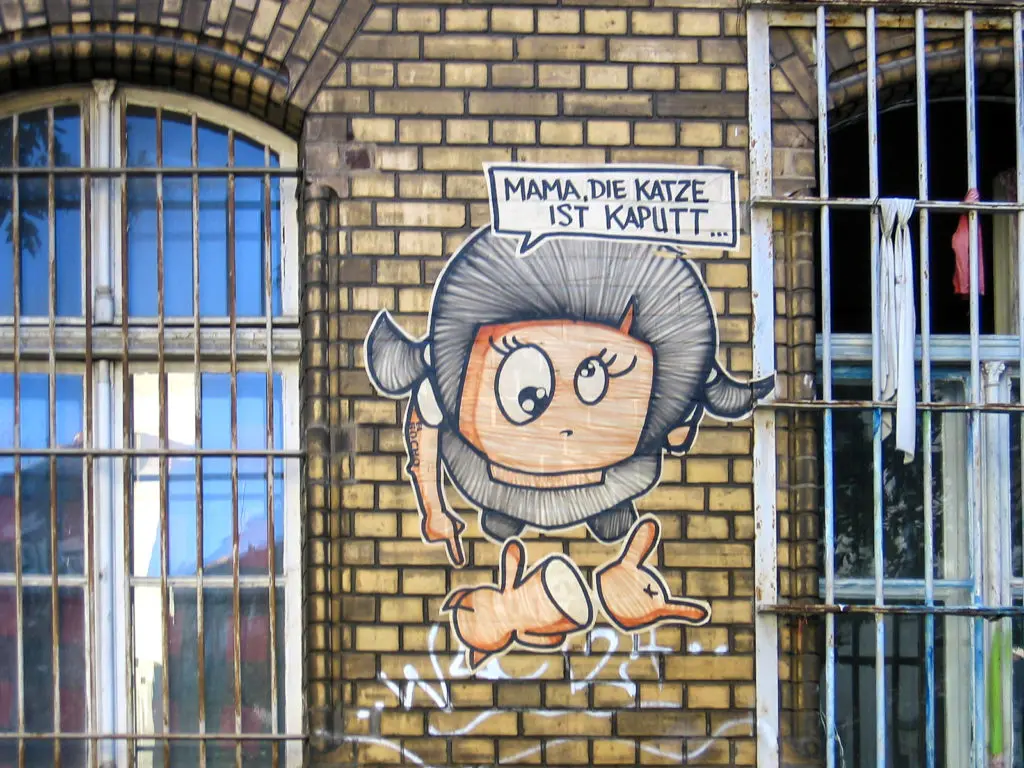
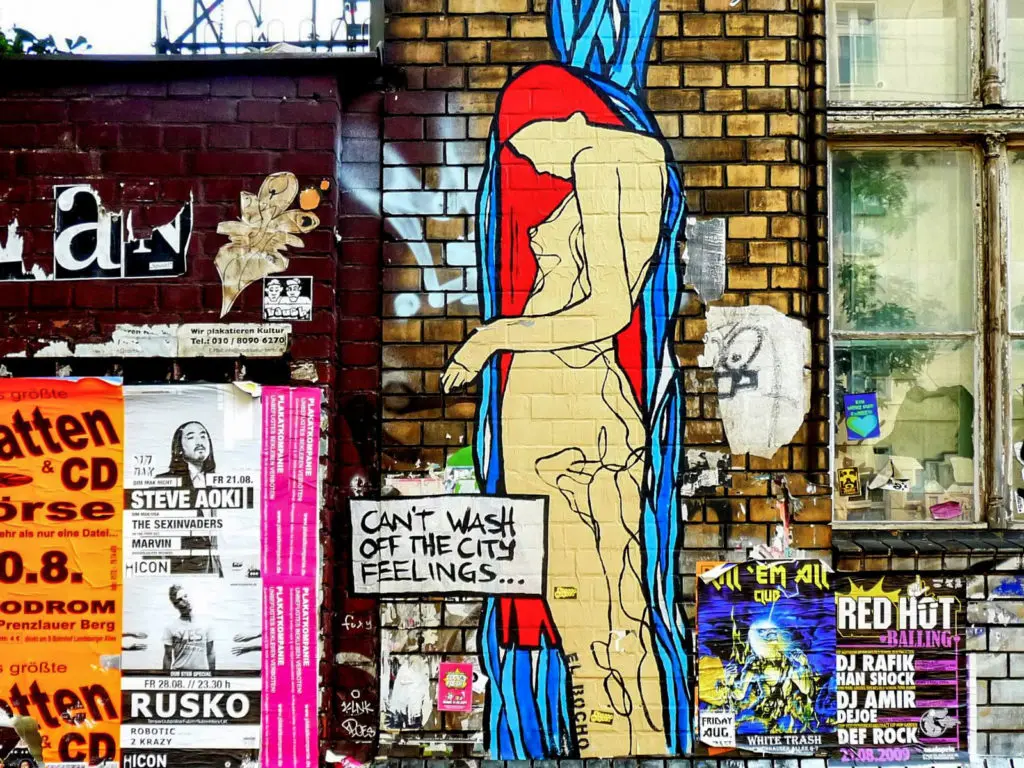
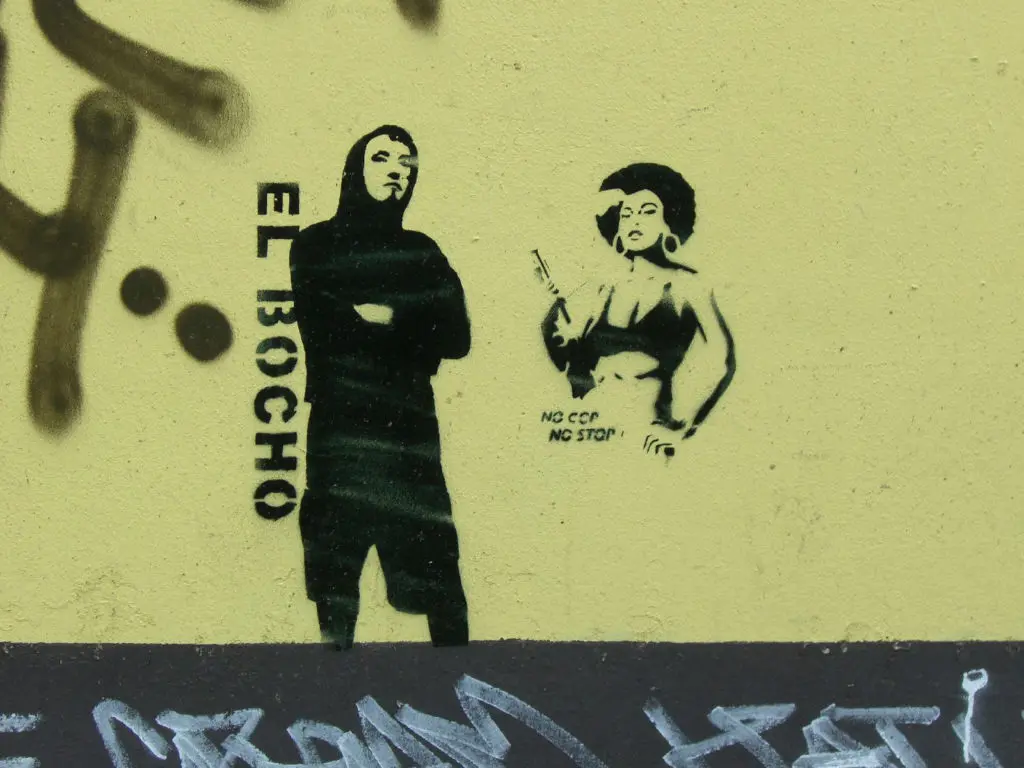
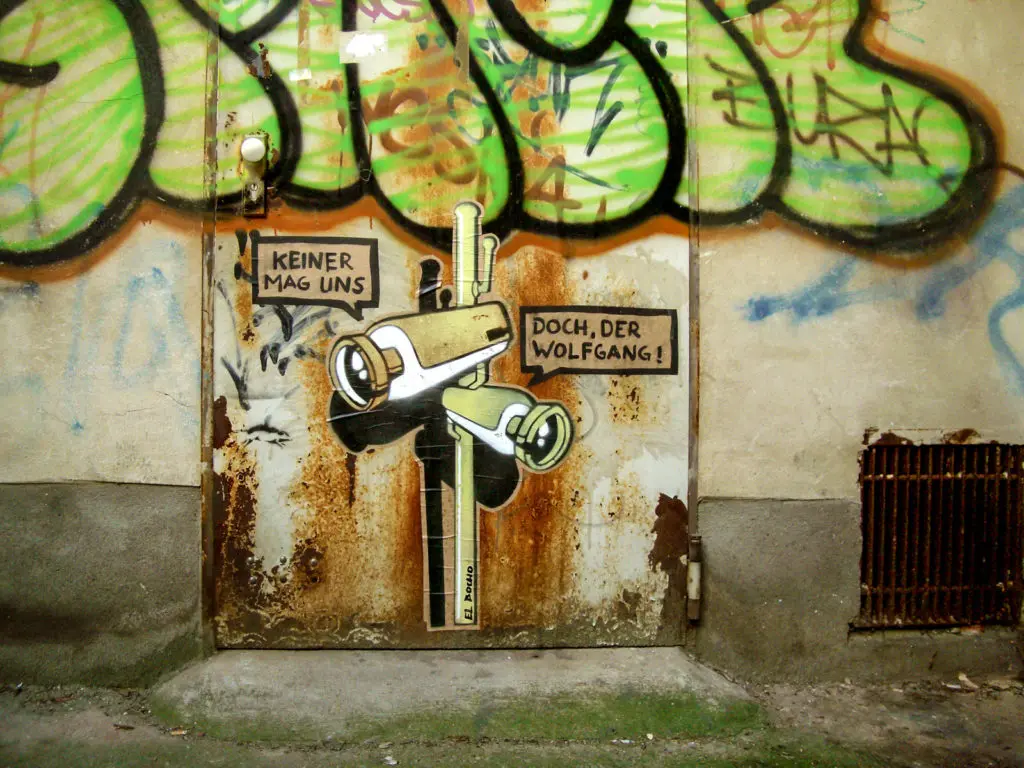
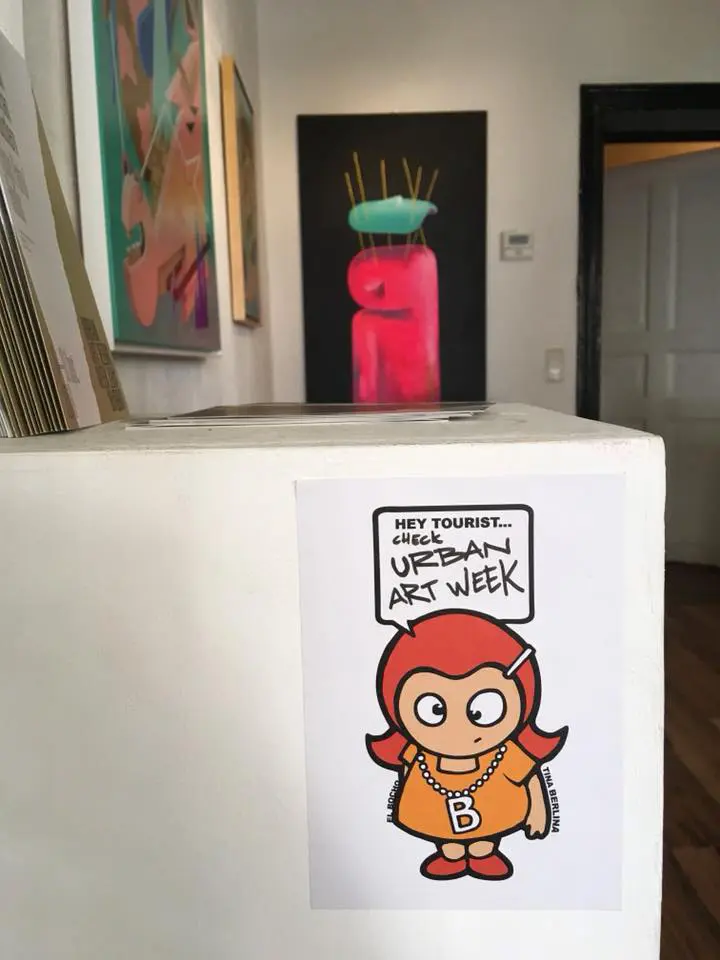
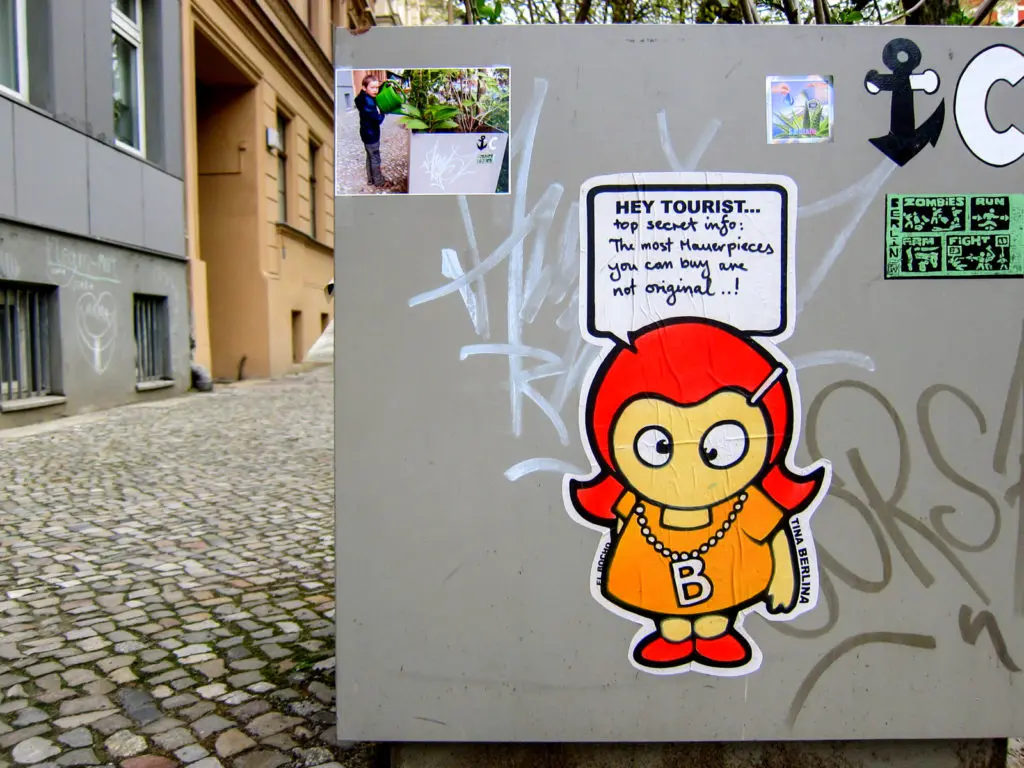
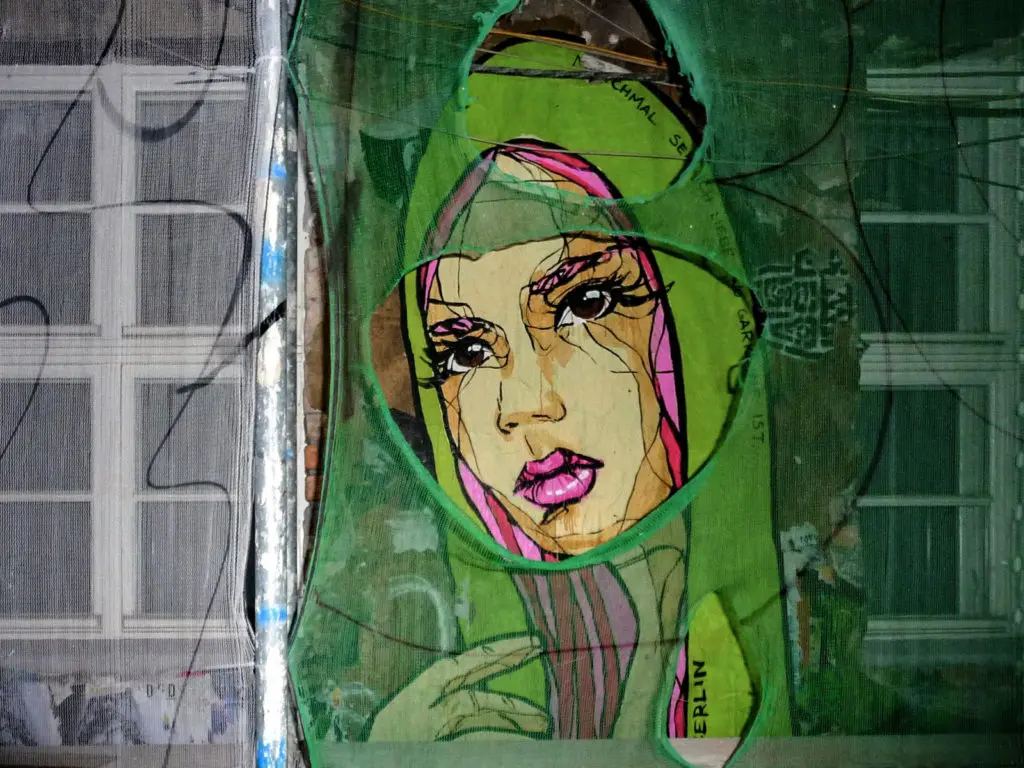
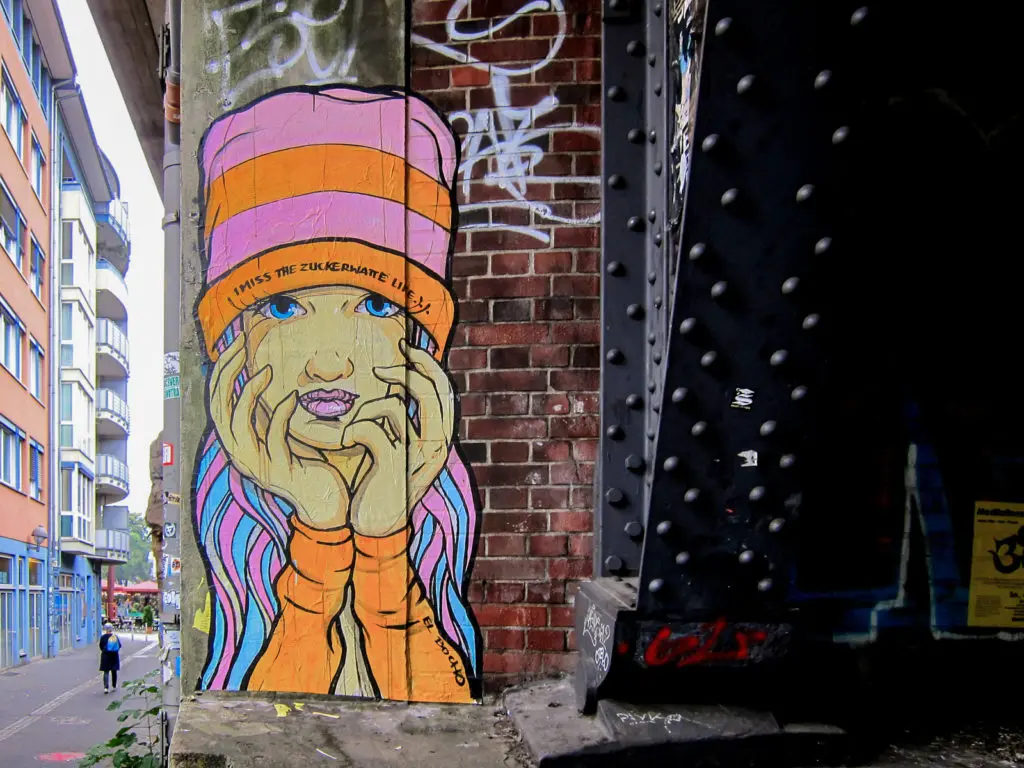
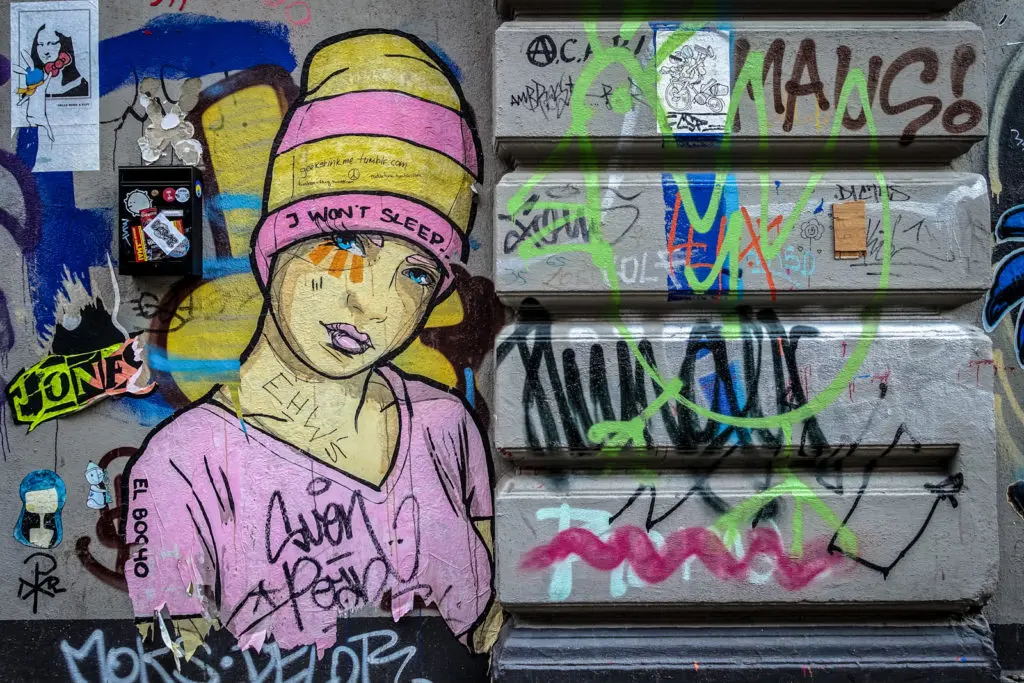
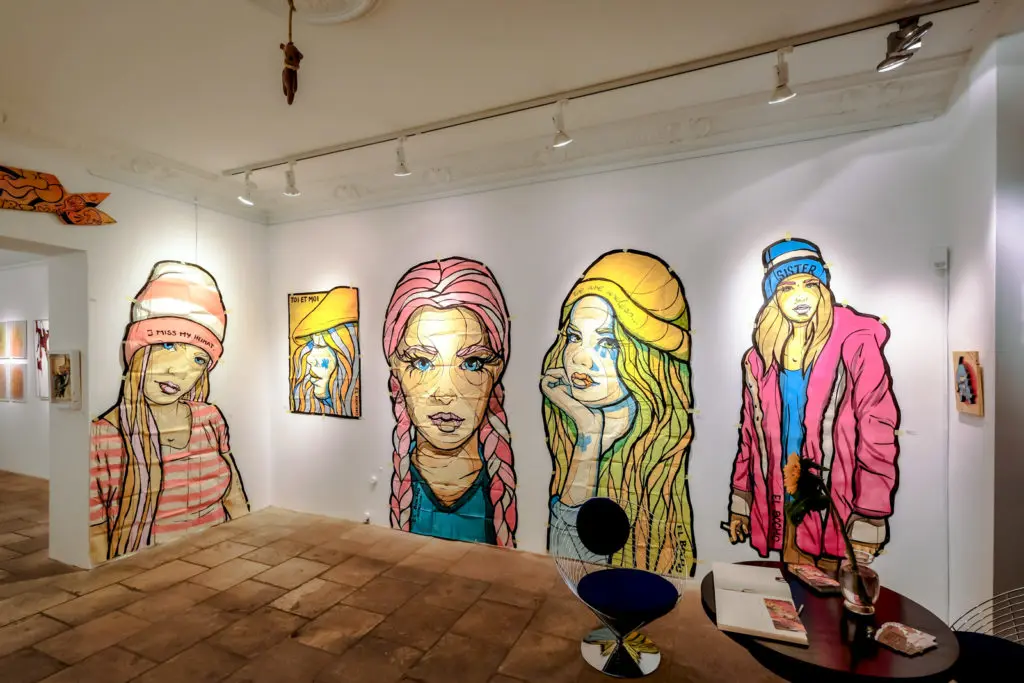
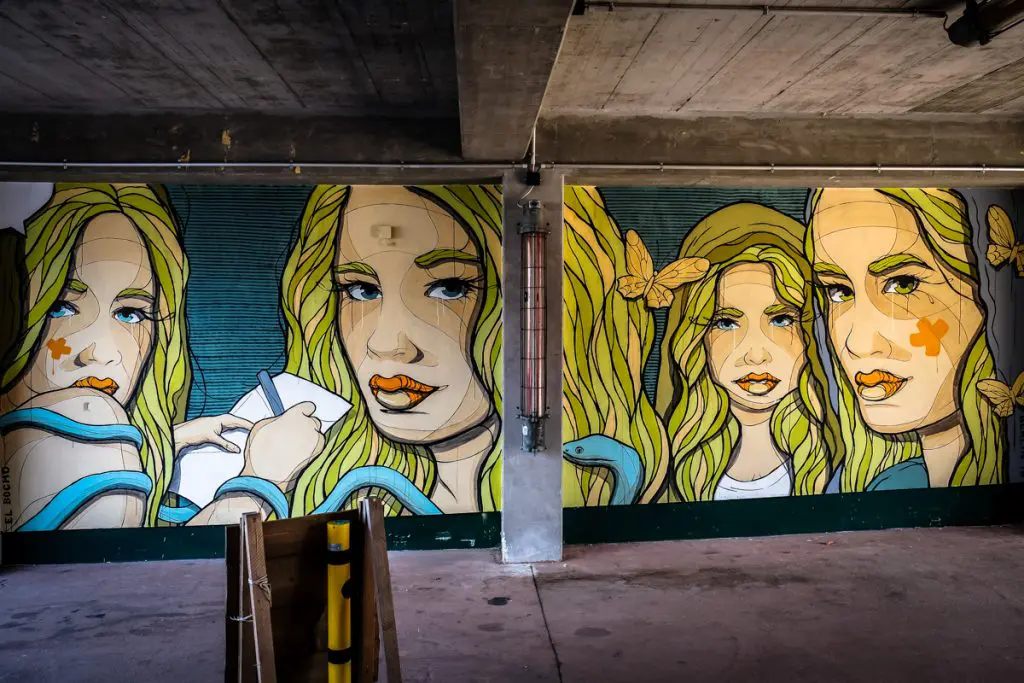
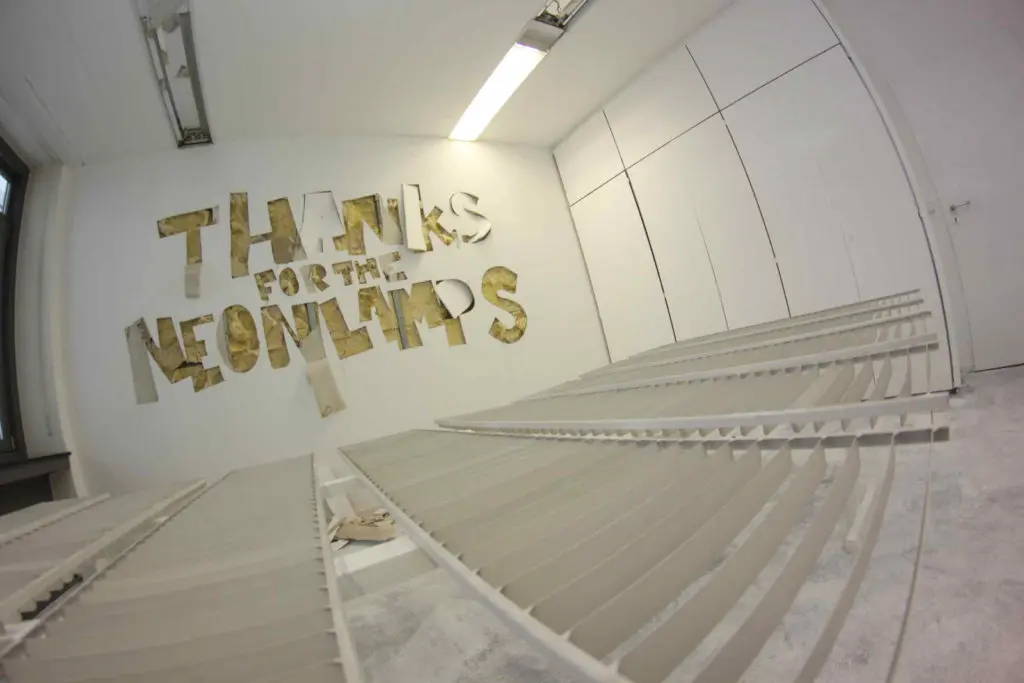
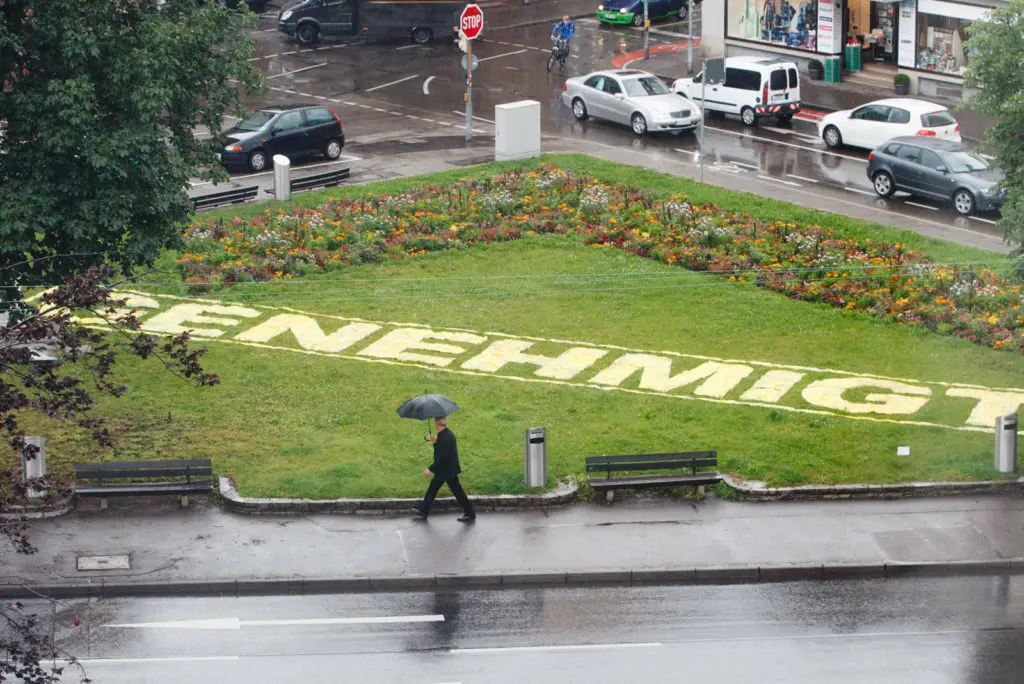
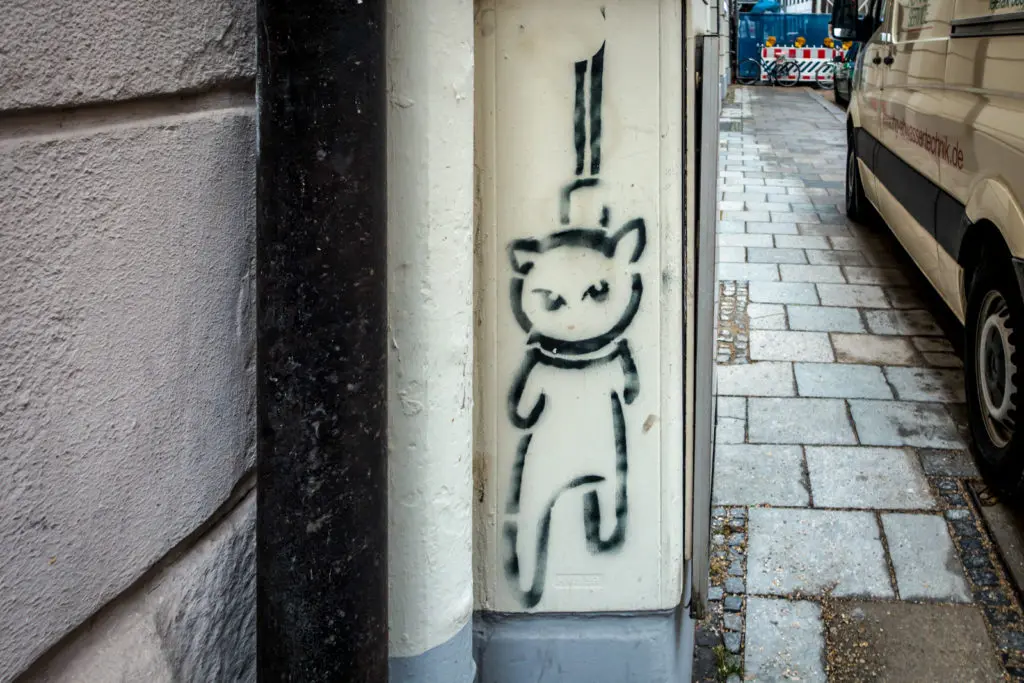
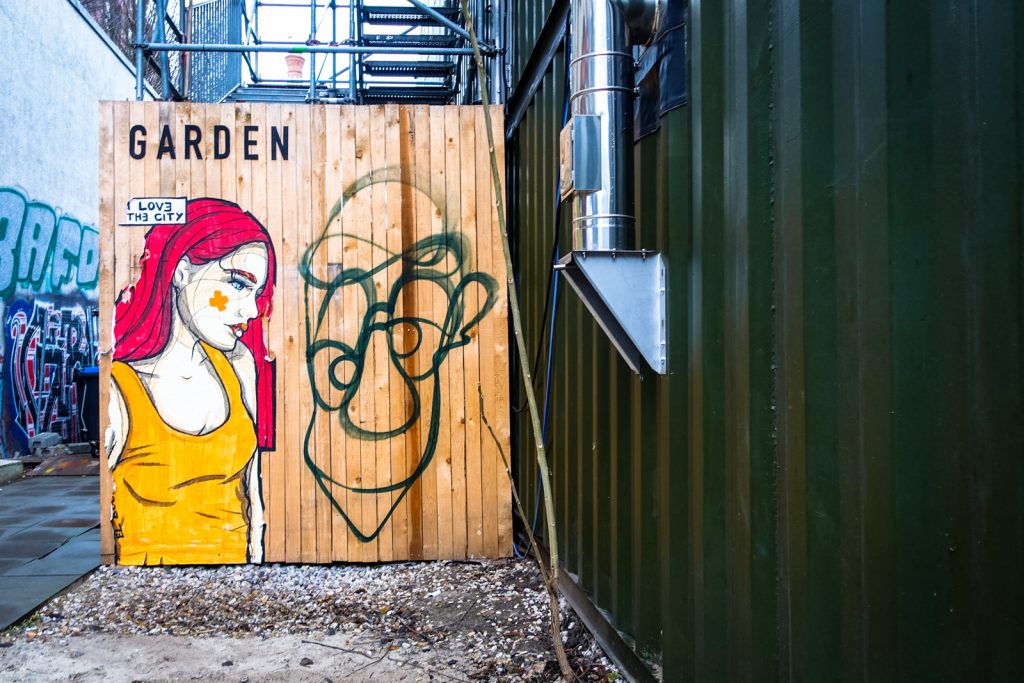
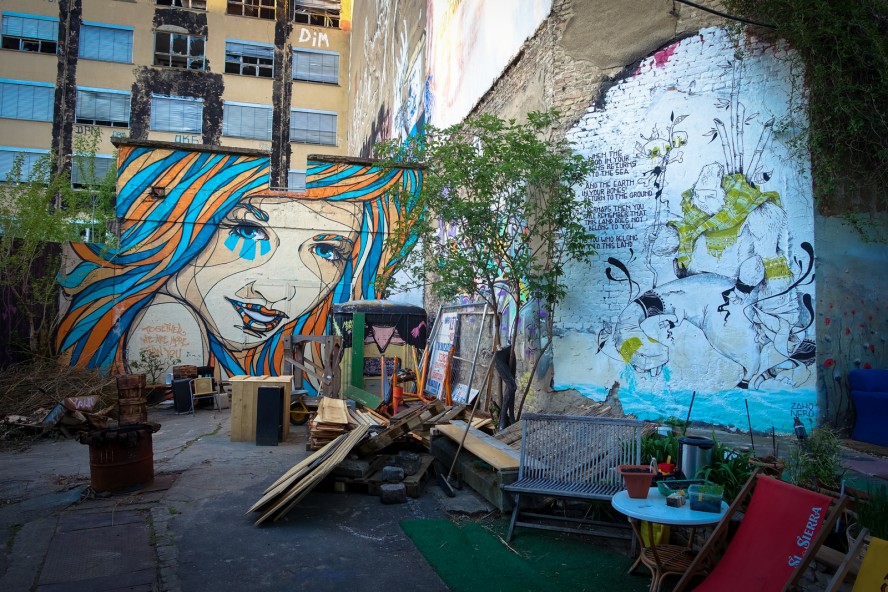
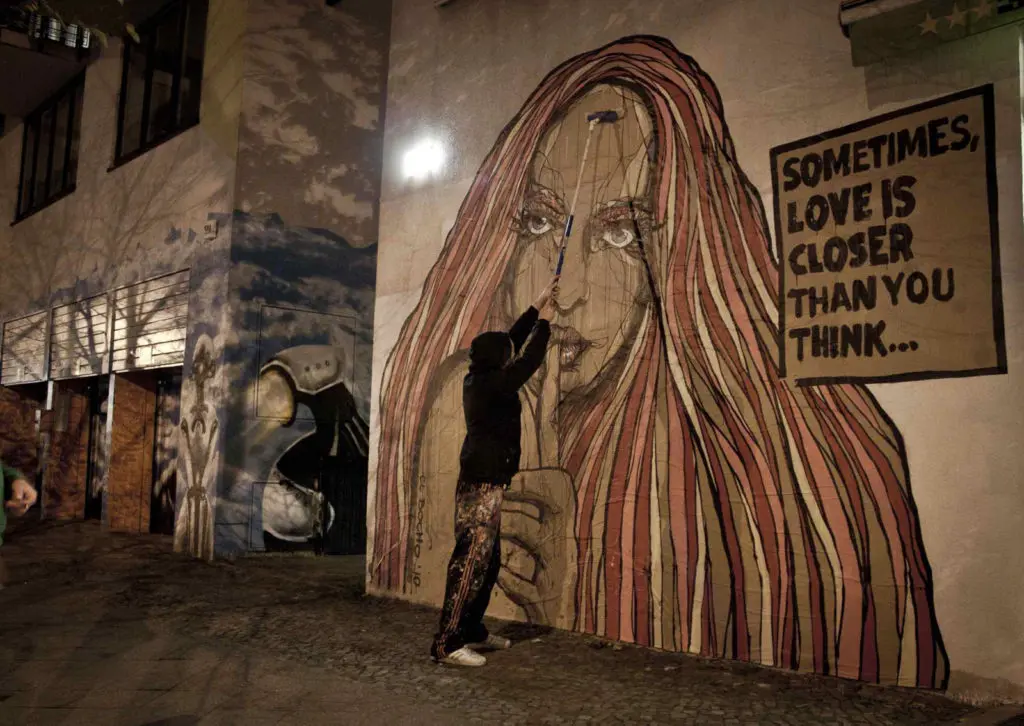
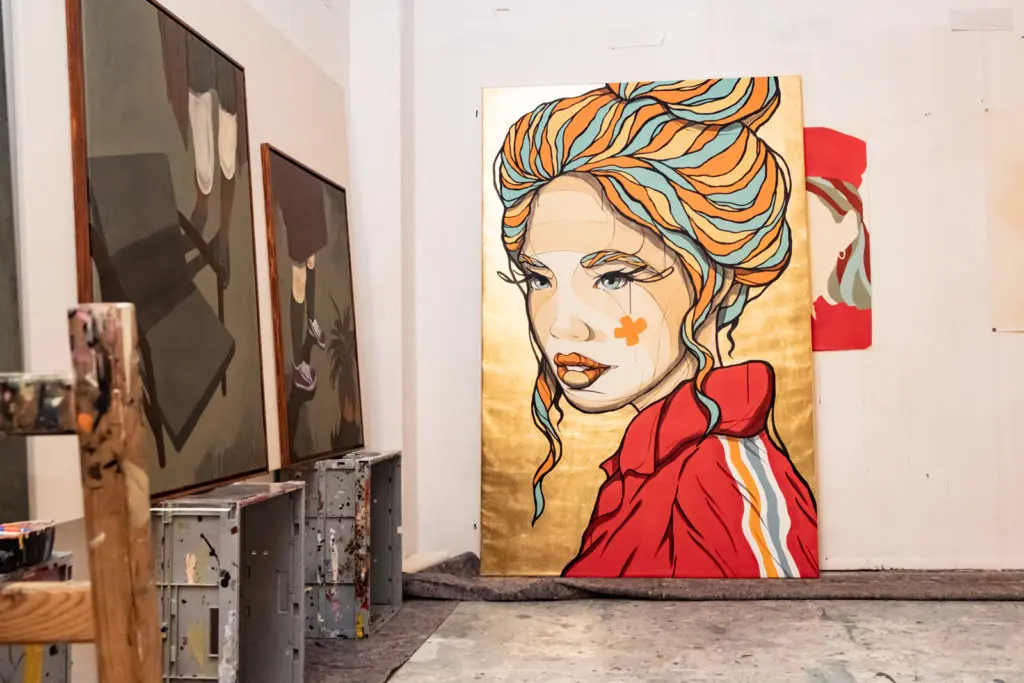
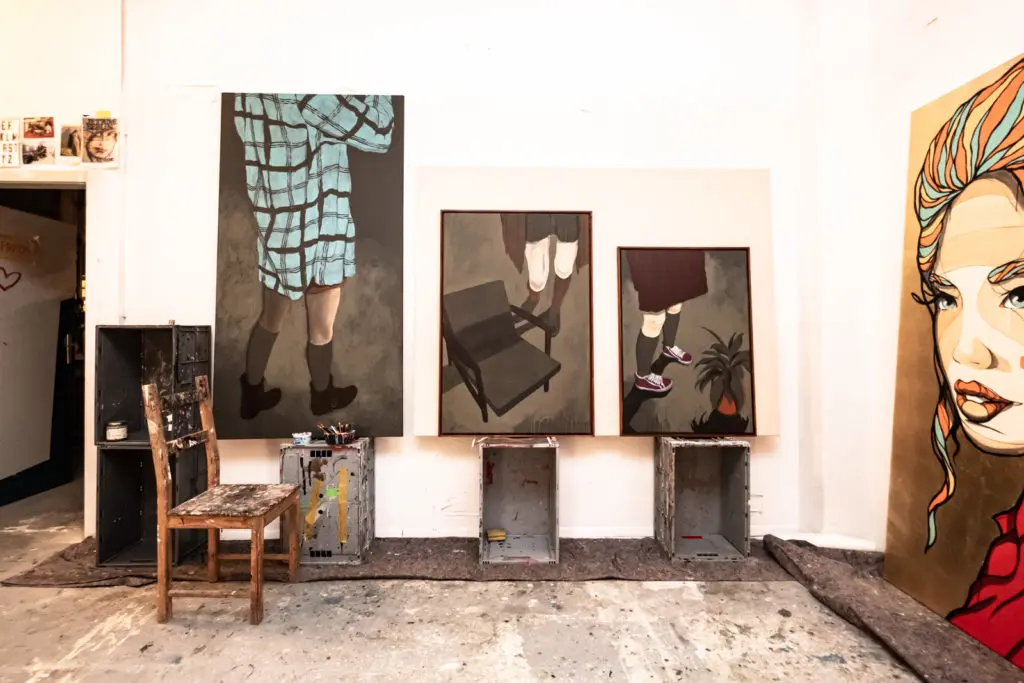
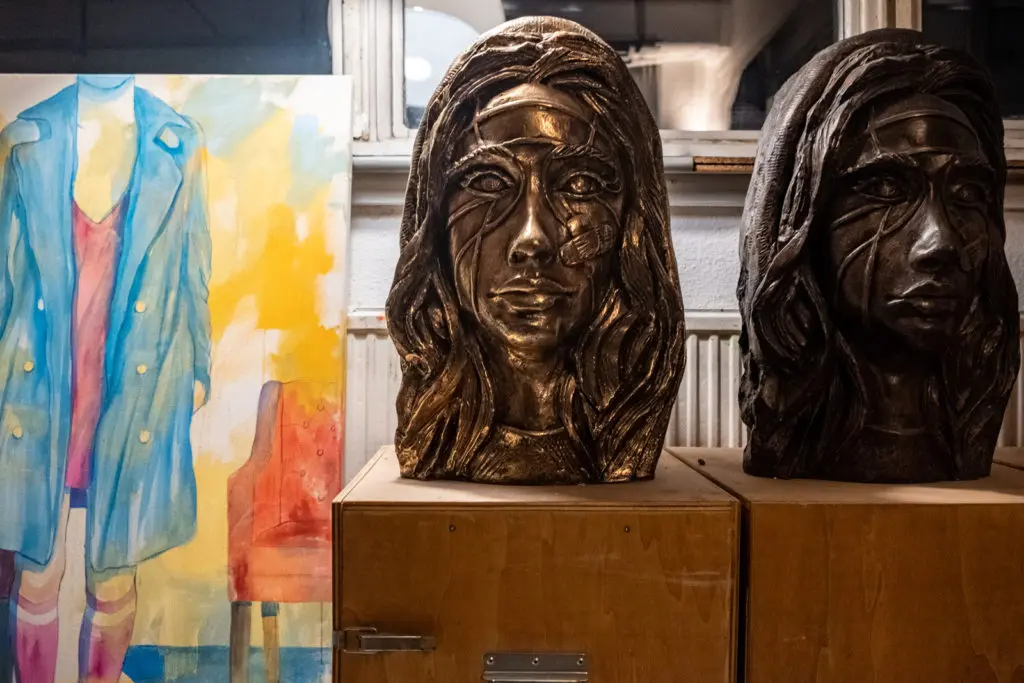
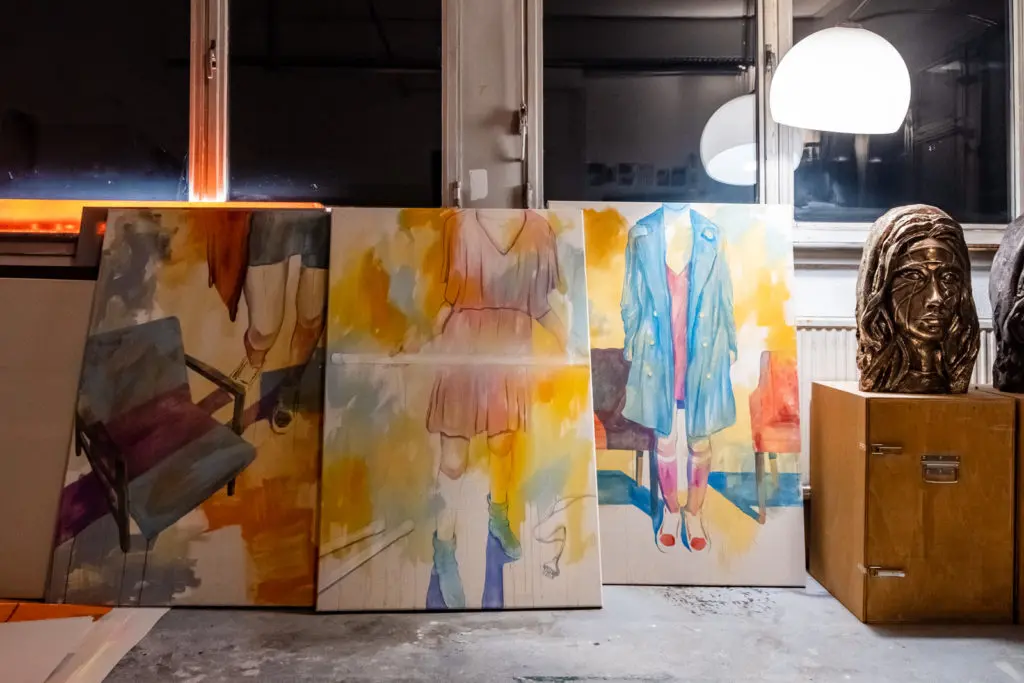
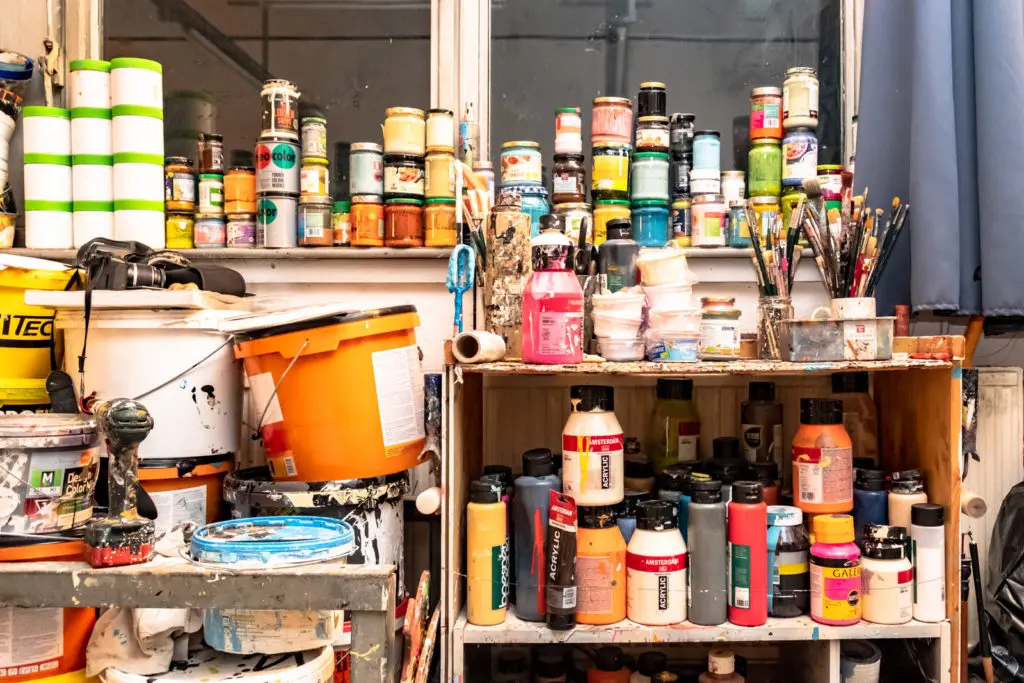
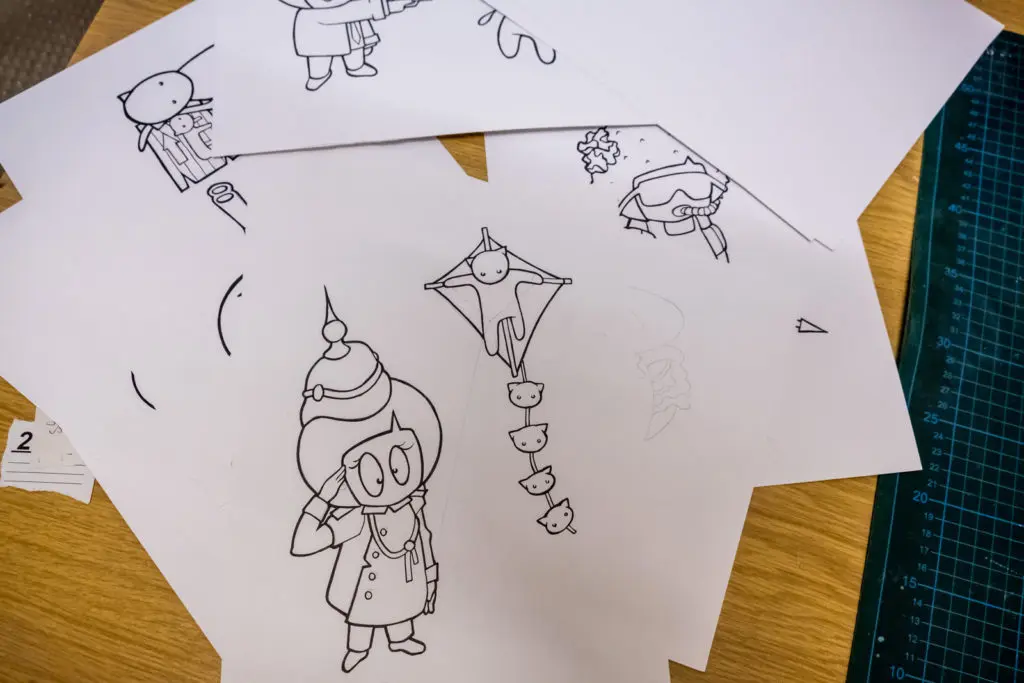
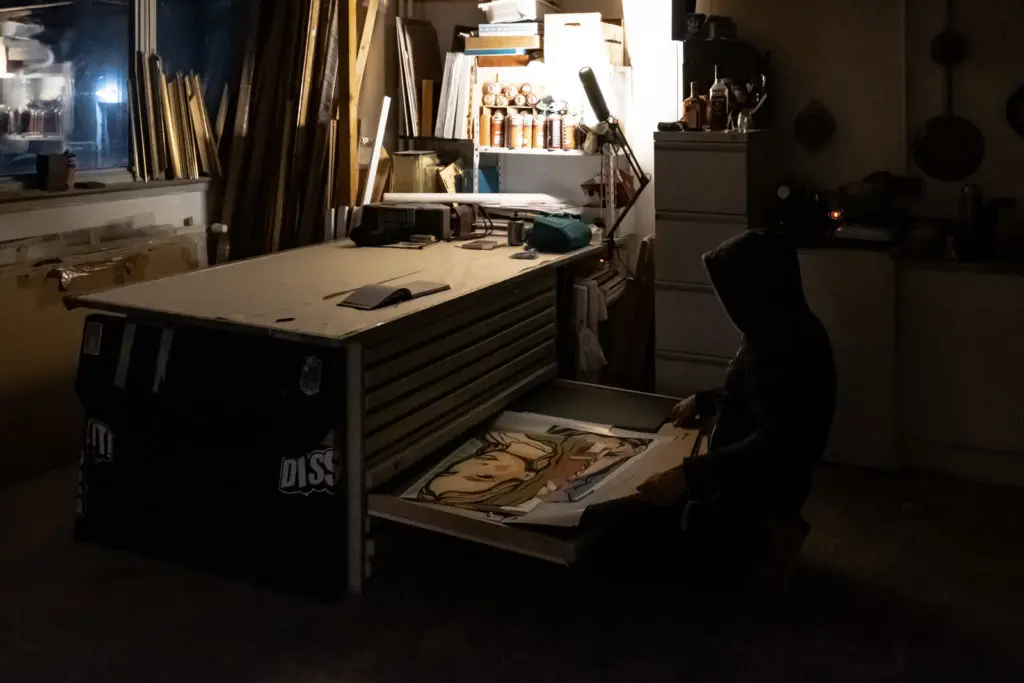
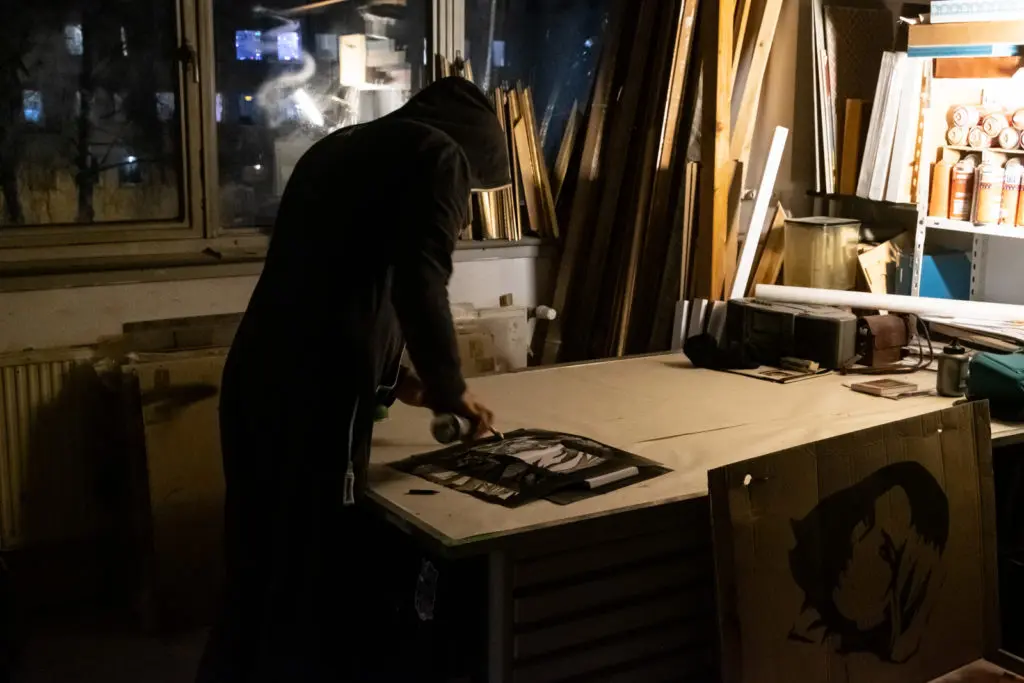
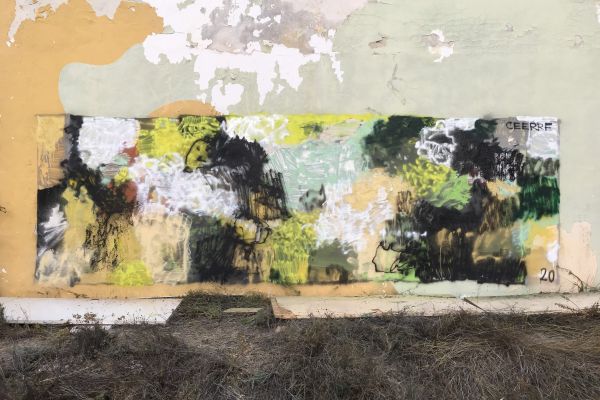
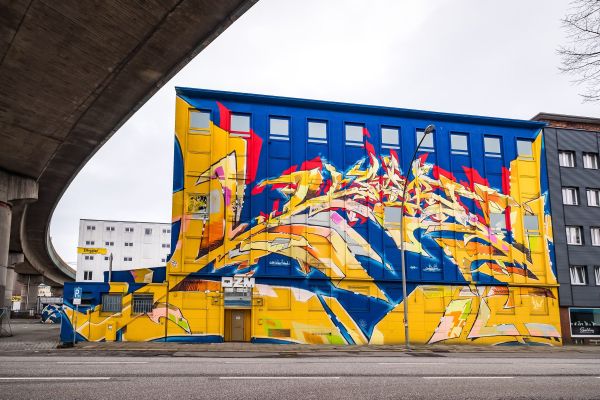
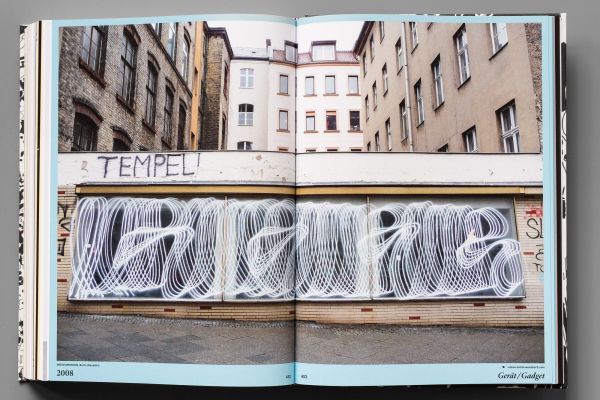
Leave a Reply